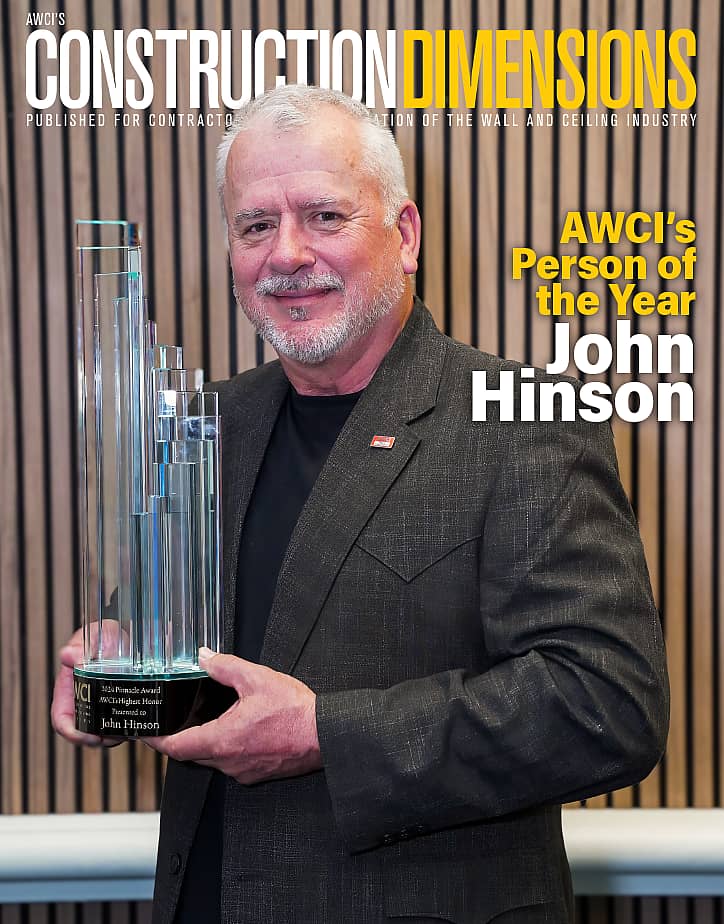You work hard to grow your business. You have a strategic plan to guide the company. And, your people are motivated.
Maybe.
According to a recent survey by FMI Corporation, compensation plans often run independent of big-picture strategy, and that hurts many companies.
“Compensation plans are not necessarily developed and evaluated with consideration for corporate goals and strategies, and vice versa,” says FMI’s 2016 “Compensation Planning for Engineering and Construction Firms.”
Nearly 60 percent of firms do not plan compensation packages when they design their strategic initiatives, the survey says. In other words, compensation planning frequently exists in a vacuum.
“Moderately” Effective
Finding, hiring and retaining qualified construction workers won’t get easier with time.
Construction employment achieved an eight-year high of 6,704,000 in November, according to the U.S. Bureau of Labor Statistics. That leaves fewer candidates available to fill your job postings.
Also, today’s construction employees command higher pay rates than workers in general—that’s $38.34 in construction employer costs for employee compensation per hour worked versus $34.15 per hour worked elsewhere. Increasingly, then, you’ll need to offer competitive packages with appealing incentives to keep your people.
But what if your wages and incentives are out of whack with your market? Or, what if they don’t deliver the results you expect? This is common. FMI’s 2016 survey found that most engineering and construction firms are disappointed by the results of their compensation programs. Sixty percent of respondents who plan compensation and corporate strategy separately say their short-term incentive programs are only “slightly” or “moderately” effective.
So, statistically speaking, your crews are only “slightly” motivated to work harder. Some may be “moderately” charged to do great things. But few are “extremely” pumped to come to work.
Incentives Are Tricky
Even if you’ve integrated your compensation and strategic planning processes, FMI’s survey found that incentive-type programs have the reputation for being ineffective. The problem may be with their design.
For example, many construction firms like to set up performance scorecards. They can offer employees multiple opportunities to earn bonuses, but they’re not helpful if the scorecards are packed with too many variables. With too many targets to attain, the crews can’t decide how to structure their workflows and parse their efforts. They become frustrated with the program and throw in the towel, so to speak.
Other companies do just the opposite. They set one measure (i.e., company profitability) and peg all incentives and bonuses to it. This all-or-nothing approach reduces the dynamics of production to a single variable and leads employees to hyper-focus on that variable to the detriment of others. Obviously, incentivizing one variable can’t improve multiple workplace dimensions—productivity, employee retention, talent recruitment and employee engagement—all at the same time. It’s asking too much.
“The best practice,” FMI’s report concludes, “is to allocate a portion of the incentive award to the overall success of the company—to be determined based on the strategic organizational objectives—while the remaining portion depends on an individual employee’s achievements.”
Here are some ideas:
Provide structured incentives. Discretionary bonuses “are not perceived to be as effective as structured short-term incentive plans,” the FMI report says. Structured plans appear fairer to employees and are easier to administer.
Align incentives with strategy. Employees should understand that rewards and bonuses come by supporting long-term corporate goals.
Communicate monthly. Regular communication gives incentive programs legs and can create a powerful buzz among workers.
Two Birds, One Stone
In conclusion, strategic planning and the design of your compensation packages should be done in tandem. Otherwise, you risk losing ground in an increasingly tight labor supply market.
So, get out your payroll records. Get out your list of company bonuses and rewards. And, review everything in light of your corporate strategic plan. Make paying people well and rewarding them for good results a part of your company’s big picture.
Mark L. Johnson writes regularly about construction operations. Reach him on Twitter, @markjohnsoncomm, and at linkedin.com/in/markjohnsoncommunications.



